The other Vancouver
Most visitors to Vancouver never get more than a glimpse of the vast island that bears the same name. Standing on the beach at English Bay, you might catch sight of its dim bulk stretching along the horizon, behind the kayaks and colourful windsurfer sails. Tourists rarely stray past the shops of Robson street, the Stanley Park seawall, or the Grouse Mountain Skyride — which is a pity, because Vancouver Island is a worthy destination in itself.
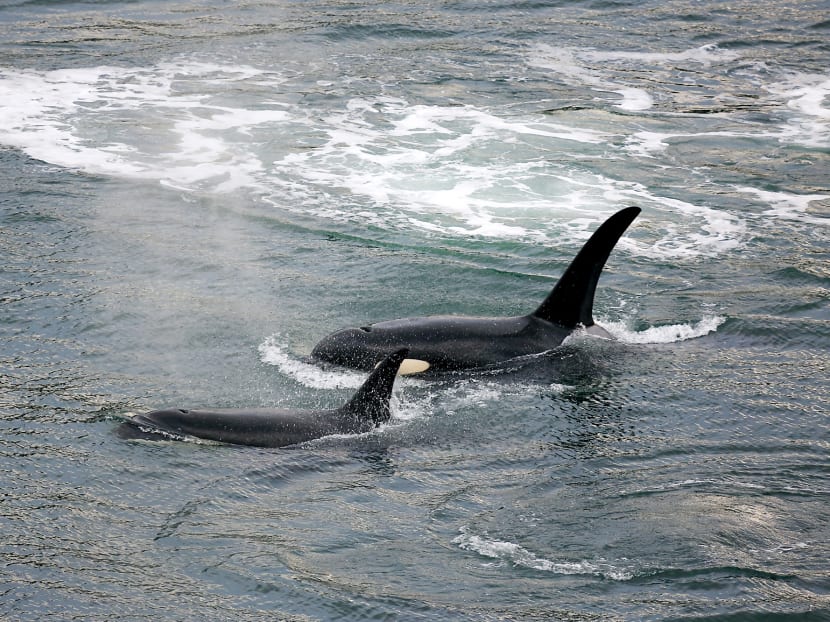
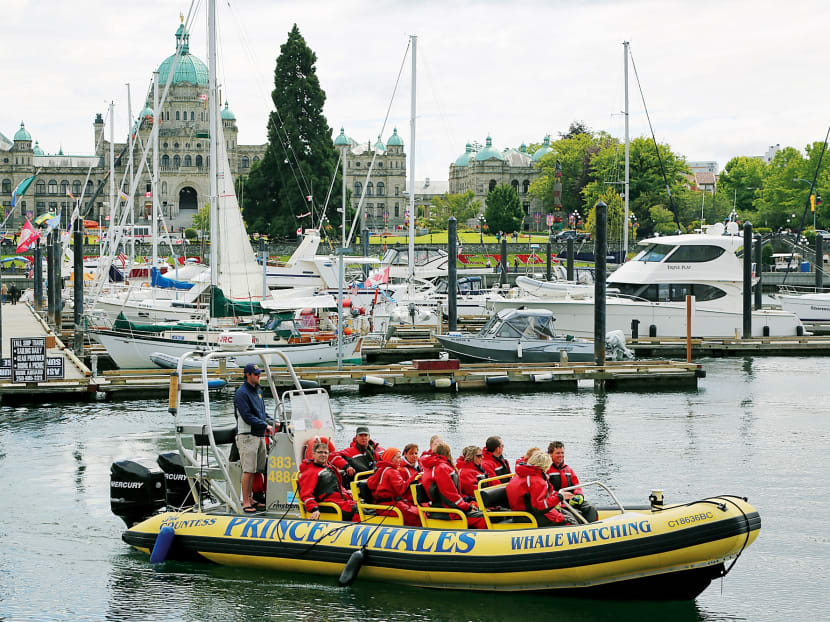
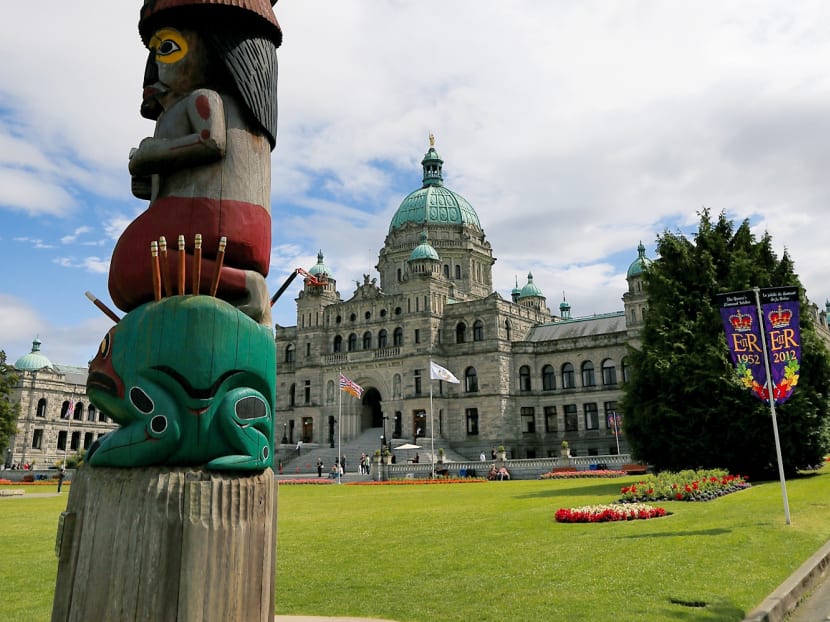
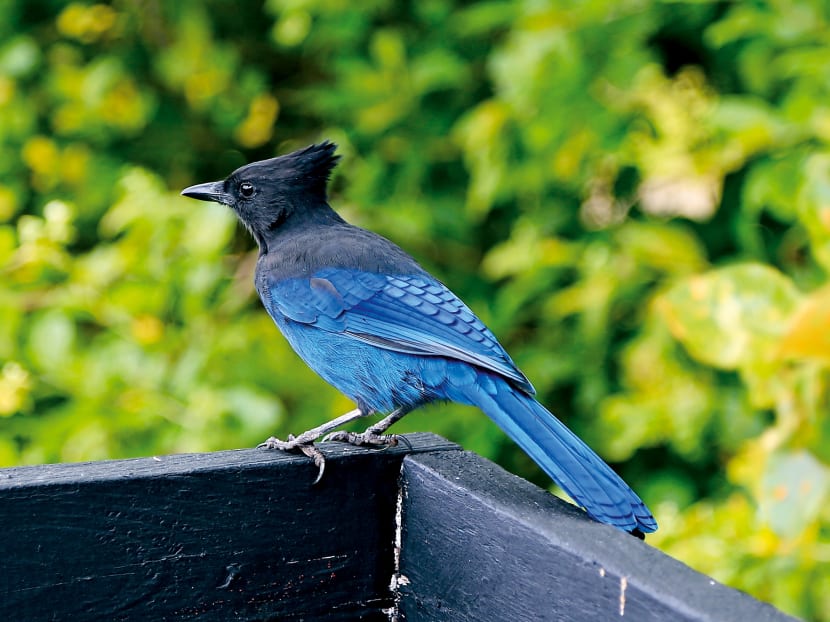
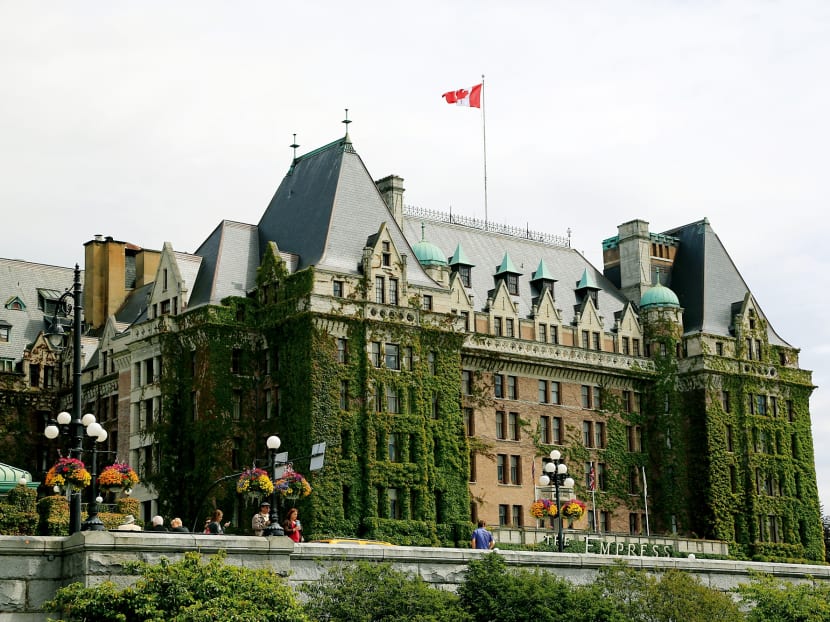
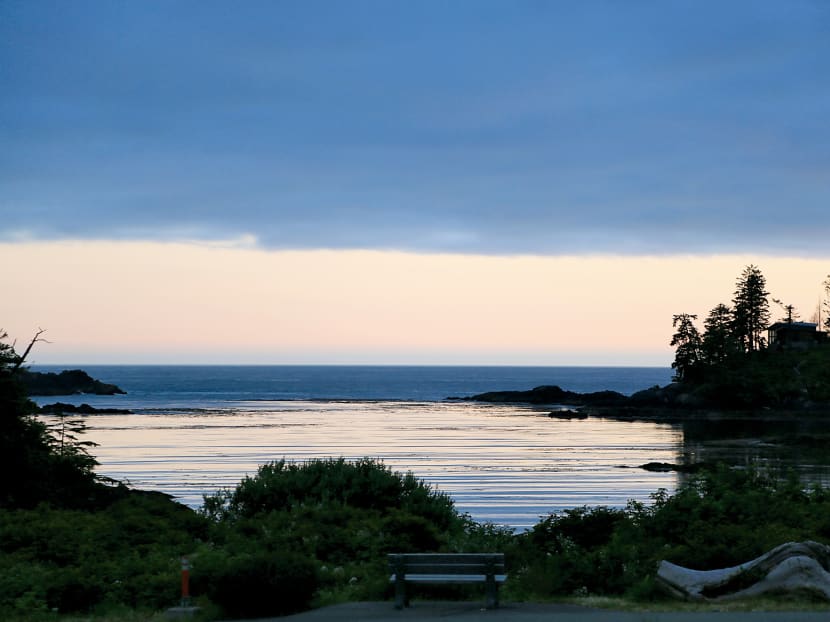
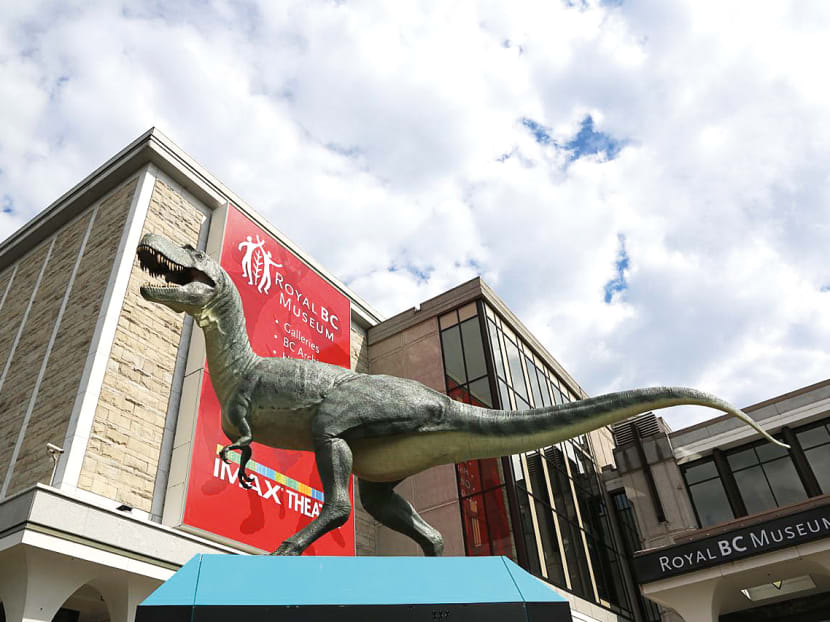
Most visitors to Vancouver never get more than a glimpse of the vast island that bears the same name. Standing on the beach at English Bay, you might catch sight of its dim bulk stretching along the horizon, behind the kayaks and colourful windsurfer sails. Tourists rarely stray past the shops of Robson street, the Stanley Park seawall, or the Grouse Mountain Skyride — which is a pity, because Vancouver Island is a worthy destination in itself.
From remote, windswept Pacific beaches and some of the tallest trees on the planet, to the cultivated urbane pleasures of Canada’s most English city — it offers an entirely different taste of West Coast Canada from the usual fare.
Like most islands worth exploring, there’s no bridge connecting Vancouver Island with the mainland. People drive their cars (and yes, you will need a car to see it properly) onto one of the huge ferries that ply these waters. You get a real sense of travel as the city falls away in the wake of the ship until finally, an hour and a half later, you file off the ship with all the other vehicles. You’ve reached ‘The Island” as it’s fondly called — as though there were no other.
When Captain George Vancouver charted these waters in 1792, there was already a thriving indigenous civilisation — the echoes of which live on in the place names (Nootka So und, Tsawwassen, Nanaimo …) and in the totem poles, the artwork, the longhouses and the mystique of the great fir and cedar forests that still cover much of the mountainous island. Vancouver island is the size of Taiwan — yet with only one-thirtieth the population. Even today there are probably more deer, bears, eagles and seals than there are people.
Depending on the route you’ve chosen, you’ll end up either in Nanaimo (midway up) or the southern tip, close to Victoria. Using both routes as entry and exit points will round out your trip nicely. This southern ferry route, which winds through the rustic Gulf Islands, is particularly enchanting.
Give yourself at least a week to explore, more if you’re able. The most accessible destinations are in the southern half of the island, but there’s still a good bit of driving between them. (Tofino to Victoria will require five hours, minimum.)
Tofino, Ucluelet and Pacific Rim National Park
Pacific Rim National Park is the jewel in the crown of Canada’s impressive Parks Service, and one of the country’s most scenic stretches: A 500 sq km swathe of wide beaches, pounding surf, pristine forests and rugged offshore islands. The twin towns of Tofino and Ucluelet are home to fishing fleets, whale watching stations and the area’s small hotels, though more intrepid travellers will want to camp in the park itself.
Pacific Rim National Park has Canada’s best beaches for surfing and beachcombing, a network of nature walks and a museum on Wickaninnish beach. The migrating grey whales offshore make for seasonal whale watching — though you’ll have to wear thick survival suits because of the cold sea. As for dining, it’s hard to beat the exquisite flavours of the local-caught salmon, mussels and Dungeness crabs that fill these clear waters.
The truly adventurous can rent kayaks and wander for days through the Broken islands or spend a strenuous week walking the rugged West Coast Trail, which covers some 75km of coastal wilderness. It’s little wonder the park is deemed by Lonely Planet to be the province’s most popular outdoor attraction.
Nanaimo and Island East
Travelling to and from Pacific Rim National Park will take you through Nanaimo, a pleasant if unexceptional Canadian town. But one of the Island’s premier attractions lies close by: The massive forests of Cathedral Grove. Giant Douglas firs — some of them 800 years old and over 70m high — stretch skyward, giving you a sense of what the west coast was like, before logging and development reshaped the landscape. The long mountain lakes in this area make scenic destinations in themselves, and offer some splendid fishing and boating.
Victoria
British Columbia’s second city is by far the Island’s most visited destination. A modest and scenic city on its southern tip, Victoria boasts Canada’s mildest winter climate and a pleasantly laid-back atmosphere. From summer music festivals and the renowned Provincial Museum, to a wonderfully walkable inner harbour, next to the province’s stately parliament buildings, Victoria is a great place to while away a few relaxed days.
Spring comes early here — flowers bloom by late January, when the rest of the country is locked in snow — which is apt for a place that prides itself on its famous gardens and parks. Butchart Gardens has some of the greatest floral displays anywhere, thanks to the climate and a long history of cultivation.
For decades, Victoria was the only place in the country where you could cultivate a British accent and not be thought pretentious by Canadian sensibilities. Double-decker buses, tea shops and scones are a part of the city landscape, and though the region’s ubiquitous coffee culture has crept in, you can still get the “best Afternoon English tea this side of the empire” in the vine-covered elegance of Empress hotel.
North of Parksville
Most travellers get as far north as Parksville before turning west for Pacific Rim Park. But to continue on north means more wilderness and fewer people — far fewer people. It is worth exploring if time permits. There are the excellent fishing camps near Campbell River, killer whale watching in the Johnstone Strait that brings you close up to these intelligent and fascinating residents. Scuba enthusiasts will almost certainly have heard of the famous diving walls near Port Hardy — sheer cliffs filled with massive anemones and colourful sea stars (some the size of a wagon wheel.) The water clarity and profusion of marine life here have given the diving spot the second-place ranking in the world (after the Red Sea) by the Jacques Cousteau Society. Port Hardy is also the jumping off point for anyone taking ferries further north, such to as the province’s Discovery Coast or Prince Rupert.
Vancouver Island is one of those destinations that is all too often left for “a next time” that never comes. And yet, it offers a far richer experience than the usual Vancouver-to-Whistler circuit. The next time you find yourself on a Vancouver beach, gazing out onto the great bulk of Vancouver island, consider adding a week to your trip and exploring an altogether different side of Canada’s west coast. You won’t forget it.
A Vancouver Island Top-Five List
Pacific Rim National Park: Canada’s westernmost stretch. Pristine beaches, crashing surf, camping, surfing, whale-watching, indigenous art, and exquisite local seafood.
Cathedral Grove: It’s a humbling experience and a taste of another age to stand beneath these towering forest giants.
The Royal British Columbia Museum: In downtown Victoria. Gives an excellent overview of both the human and natural histories of the region, with a world-renowned collection of indigenous people’s artifacts.
Whale watching at Ucluelet or Tofino: See migrating grey whales offshore, or pods of resident killer whales, on the swells of the open sea.
Afternoon tea at the Empress Hotel: An English tradition in the most English of Canada’s cities — the hotel has been serving its exquisite afternoon tea since Edwardian time.





